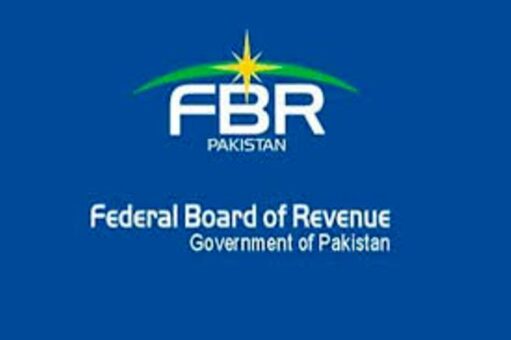KARACHI: Federal Board of Revenue (FBR) has explained the treatment of salary tax to be applicable during Tax Year 2020.
The FBR issued Income Tax Ordinance, 2001 updated till June 30, 2019 and explained the taxability on salary received by an employee.
Under Section 12 of the Income Tax Ordinance, 2001 the salary chargeable to tax as:
Section 12: Salary
Sub-Section (1): Any salary received by an employee in a tax year, other than salary that is exempt from tax under this Ordinance, shall be chargeable to tax in that year under the head “Salary”.
Sub-Section (2): Salary means any amount received by an employee from any employment, whether of a revenue or capital nature, including —
(a) any pay, wages or other remuneration provided to an employee, including leave pay, payment in lieu of leave, overtime payment, bonus, commission, fees, gratuity or work condition supplements (such as for unpleasant or dangerous working conditions);
(b) any perquisite, whether convertible to money or not;
(c) the amount of any allowance provided by an employer to an employee including a cost of living, subsistence, rent, utilities, education, entertainment or travel allowance, but shall not include any allowance solely expended in the performance of the employee’s duties of employment;
(d) the amount of any expenditure incurred by an employee that is paid or reimbursed by the employer, other than expenditure incurred on behalf of the employer in the performance of the employee’s duties of employment;
(e) the amount of any profits in lieu of, or in addition to, salary or wages, including any amount received —
(i) as consideration for a person’s agreement to enter into an employment relationship;
(ii) as consideration for an employee’s agreement to any conditions of employment or any changes to the employee’s conditions of employment;
(iii) on termination of employment, whether paid voluntarily or under an agreement, including any compensation for redundancy or loss of employment and golden handshake payments;
(iv) from a provident or other fund, to the extent to which the amount is not a repayment of contributions made by the employee to the fund in respect of which the employee was not entitled to a deduction; and
(v) as consideration for an employee’s agreement to a restrictive covenant in respect of any past, present or prospective employment;
(f) any pension or annuity, or any supplement to a pension or annuity; and
(g) any amount chargeable to tax as “Salary” under section 14.
Sub-Section (3): Where an employer agrees to pay the tax chargeable on an employee’s salary, the amount of the employee’s income chargeable under the head “Salary” shall be grossed up by the amount of tax payable by the employer.
Sub-Section (4): No deduction shall be allowed for any expenditure incurred by an employee in deriving amounts chargeable to tax under the head “Salary”.
Sub-Section (5): For the purposes of this Ordinance, an amount or perquisite shall be treated as received by an employee from any employment regardless of whether the amount or perquisite is paid or provided —
(a) by the employee’s employer, an associate of the employer, or by a third party under an arrangement with the employer or an associate of the employer;
(b) by a past employer or a prospective employer; or
(c) to the employee or to an associate of the employee or to a third party under an agreement with the employee or an associate of the employee.
Sub-Section (6): An employee who has received an amount referred to in sub-clause (iii) of clause (e) of sub-section (2) in a tax year may, by notice in writing to the Commissioner, elect for the amount to be taxed at the rate computed in accordance with the following formula, namely: —
A/B%
where —
A is the total tax paid or payable by the employee on the employee’s total taxable income for the three preceding tax years; and
B is the employee’s total taxable income for the three preceding tax years.
Sub-Section (7): Where —
(a) any amount chargeable under the head “Salary” is paid to an employee in arrears; and
(b) as a result the employee is chargeable at higher rates of tax than would have been applicable if the amount had been paid to the employee in the tax year in which the services were rendered, the employee may, by notice in writing to the Commissioner, elect for the amount to be taxed at the rates of tax that would have been applicable if the salary had been paid to the employee in the tax year in which the services were rendered.
Sub –Section (8) An election under sub-section (6) or (7) shall be made by the due date for furnishing the employee’s return of income or employer certificate, as the case may be, for the tax year in which the amount was received or by such later date as the Commissioner may allow.

